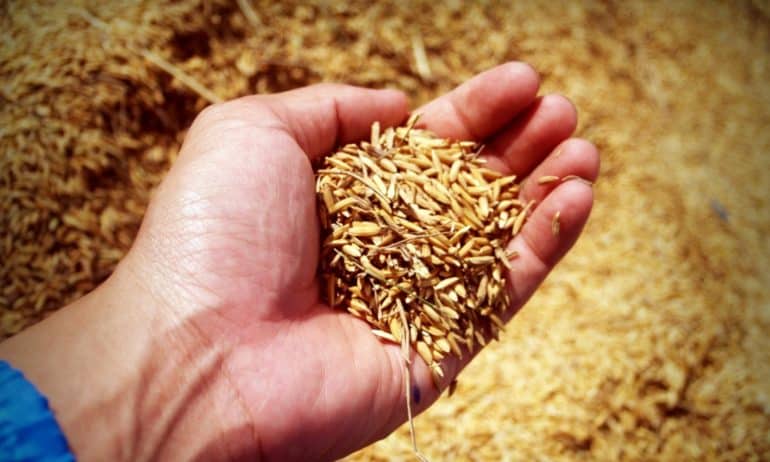Over 45 years, the International Food Policy Research Institute (IFPRI) and the International Institute for Sustainable Development (IISD) tracked indicators in 117 countries to understand which policies benefitted agriculture and development. Now, their groundbreaking report has found that successful agricultural transformation in a country depends on the quantity and quality of land available, existing demographic pressures, and implementation of a mix of appropriate policies.
Countries using a combination of complementary policies and investments appear most successful. Land reforms, research institutions and improved access to credit are some of the most critical components, but no single measure alone created significant progress in any country.
Overall, countries are reaching higher levels of development. “Only 10 countries are still categorized by subsistence agriculture, compared with 30 in 1970,” explains David Laborde, Senior Fellow, IFPRI. Any country’s government can refer to the report to find countries similar to its own and use the examples to guide decisions about agricultural policies and public investments.












